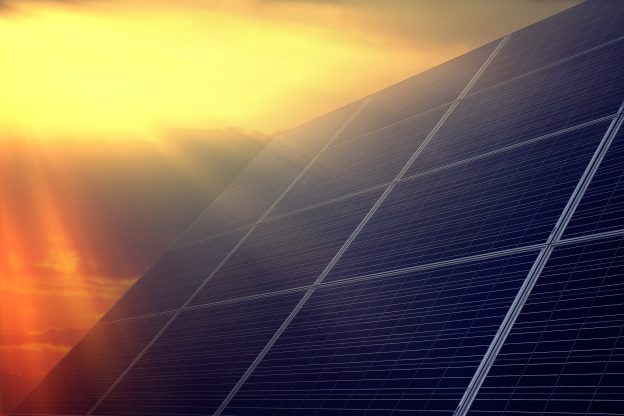GE and Indonesia’s Agency for the Assessment and Application of Technology (BPPT) have signed a memorandum of understanding (MOU) for the joint development of renewable energy utilization, cleaner coal and energy efficiency projects to help meet Indonesia’s growing power and environmental needs.
The two partners will work together to study the key issues that can support the commercial implementation of renewable energy projects such as wind, solar, geothermal, biomass and biogas, along with cleaner coal, in Indonesia, the world’s third fastest growing economy. In line with its economic growth, the country’s energy demand is increasing about 7 percent a year. The government is offering tax incentives for the development of renewable energy projects to help reduce the country’s dependency on fossil fuels.
“In accordance to remarks from the president of the Republic of Indonesia during the National Summit held recently in Tampak Siring, Bali, one of his points was to develop Indonesia in term of its energy sustainability. In order to realize this vision, BPPT and GE agree to cooperate on renewable energy development, clean energy and energy efficiency in Indonesia,” said Dr. Marzan A. Iskandar, chairman of BBPT. “It supports the government’s goal to increase renewable energy’s share of the country’s energy mix to 17 percent by 2025, compared to today’s 3.4 percent.”
The first challenge for the new partnership will be to work on wind initiatives developed through Indonesia’s wind hybrid power generation (WHyPGen) project, followed by additional renewable energy activities. The project is supported by the United Nations Development Programme with a grant from the Global Environment Facility. It aims to promote commercial implementation of renewable energy, specifically for wind hybrid power generation sites that combine wind power and another generation option, such as photovoltaic, microhydro, natural gas or diesel power. When the wind is not blowing, the alternate power plant comes online quickly to help meet the grid demands, thus reducing the overall consumption of fossil fuel on the supply side of the grid.
GE has conducted wind measurement studies in Indonesia, gathering data on wind power potential within certain areas of Indonesia to confirm the viability of developing up to 80 megawatts of wind projects. BPPT will set the project frameworks through dialogues with various governmental and financial agencies, as well as conduct feasibility studies and demo plants, while GE will help to develop and implement wind energy projects.
“This MOU reflects the acceleration of sustainable energy project development in Indonesia,” said Mr. Gatot Prawiro, director—Indonesia for GE Power & Water. “Projects like WHYPGen will help create the right market framework for implementing commercial wind energy on-grid applications.”
Wind and cleaner coal are key parts of the Indonesian government’s plans to increase the country’s power generation capacity by 29 gigawatts over the next 10 years. This additional power will support efforts to increase the country’s electrification rate. Today, approximately a third of Indonesians have no access to electricity. By adding 1.3 million households per year, the country hopes to supply electricity to 93 percent of the population by 2025.







